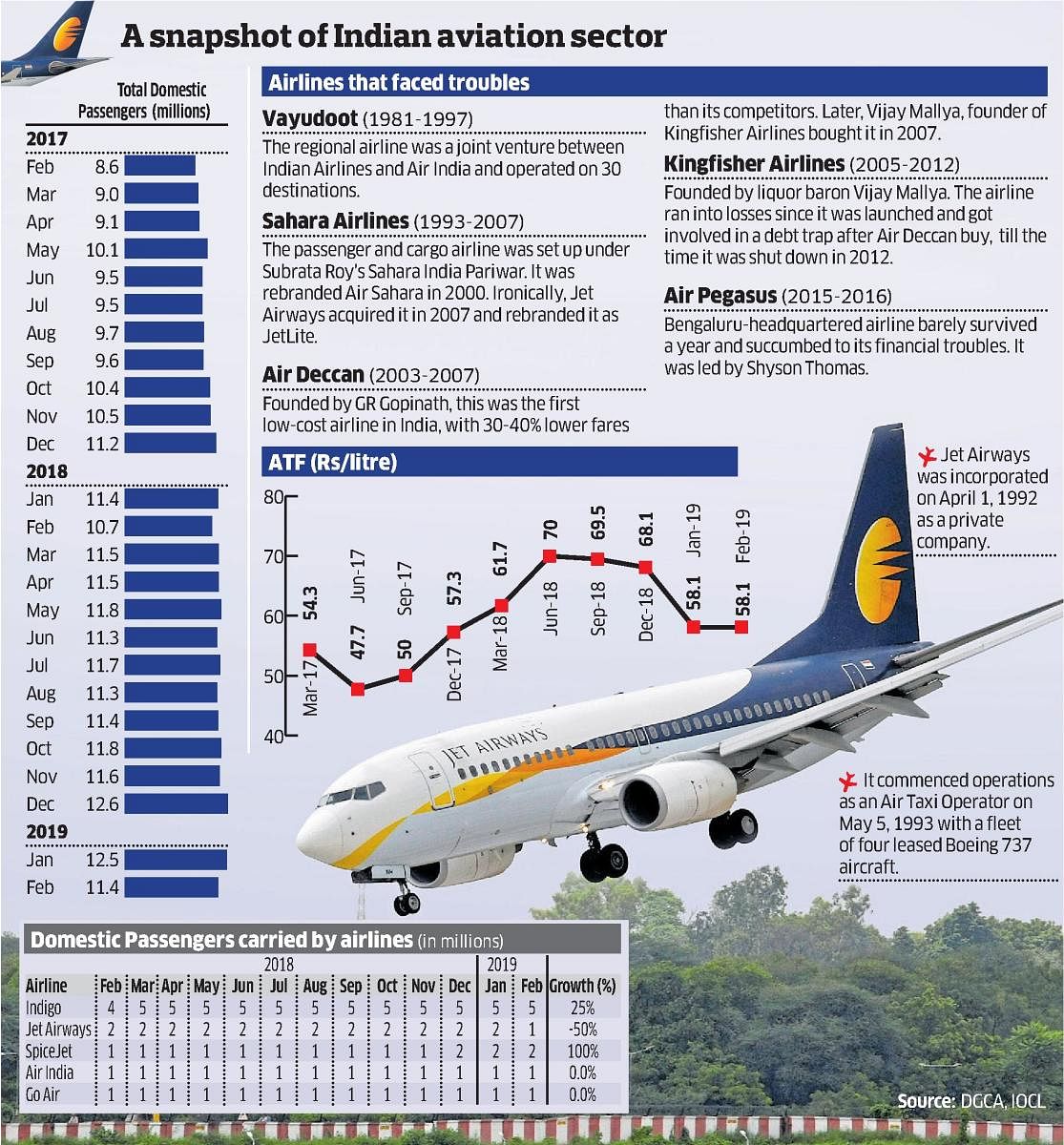It was somewhere in March 2013, a visibly upset finance minister P Chidambaram called the media soon after reviewing the mounting bad loans of banks and made a particular reference pointed towards India’s embattled carrier Kingfisher, hamstrung by humongous debt and its flamboyant promoter Vijay Mallya. He said, “We cannot have an affluent promoter and a sick company”. By then the airline had accumulated a debt of Rs 7,000 crore and its cumulative losses ran into Rs 15,000 crore.
But alas, despite his concern, Chidambaram or the then UPA government could do very little to sacrifice Mallya and the exuberant lifestyle of the King of Good times continued. They rather let the airline, once India’s largest, be grounded.
It was only about three years later that the Indian authorities lodged fraud and money laundering charges against him but the debt by then had gone up to Rs 9,000 crore. Soon the former Kingfisher boss left India for the United Kingdom. The banks are still struggling to recover their dues.
Compared to that, the Jet Airways crisis, prima facie, appears to have been handled more deftly. The government and the state-owned banks have chosen to save the airline and dump the promoter, who was unwilling to give up control of the business. An immediate crisis in the airline has been averted. And, soon we are going to hear a state-owned banker to be named as the working chairman of Jet Airways.
The government has swung into action and ameliorating the problems of lakhs of passengers and saving the jobs of some 22,000 airline employees has emerged as the prime concern.
Whether such an active engagement of the government with the beleaguered airline and its excessive concern has anything to do with the upcoming elections is something people will keep debating for a long time.
But let us here discuss what really is ailing the airline industry in India that every now and then one or the other shuts shop.
Whether the state has to be more sensitive towards the needs of the airlines or do airlines have to behave in a different way than they are now? The major concern for a country like India is that the airlines are always being bailed out by taxpayers money.
At least a dozen airlines have closed down in the last two decades. Big names such as Damania, Sahara, Paramount, Air Deccan preceded Kingfisher and Jet Airways. In each of them, a large amount of public money was involved to keep them afloat before they folded up. Besides, Air India, the national carrier, is surviving on the taxpayer's money. The government has so far given Rs 60,000 crore to keep it flying after sell-off bids failed.
Jet Airways crisis
The current crisis in Jet Airways, though taken care of by the bankers who have invested Rs 1,500 crore in it to carry out the day-to-day activities, market experts say the survival of the airlines will depend on how much fund infusion happens.
“As per the resolution plan, banks shall be issued 11.4 crore equity shares of Re 1 (debt conversion) thus giving them majority stake at 50.5%. Additionally, they shall immediately infuse Rs 1,500 crore in the form of secured debt and will initiate the process of finding a new investor by May 2019. The above events although positive, finalising an investor in the prescribed timelines and infusing fresh funds will determine long term survival of the company,” Praphudas Lilladher said in its report.
How can government help airlines?
The cost of aviation turbine fuel (ATF) is going up globally, thanks to the uncertainty in the global oil market, but the domestic statistics show India taxes ATF exorbitantly. Besides the Centre, each state also levies duty on ATF much like petrol and diesel. This makes ATF costlier in India than the other countries of the world. Jet fuel is around 50% of the total operational cost an airline incurs.
Due to high taxes, it costs 30-35% higher in India compared to Malaysia, Thailand, and Indonesia among others. The government could consider forgoing its taxes on transport fuel by bringing it under the Goods and Services Tax (GST).
But sources in the government say that it is the Centre, which is more reluctant to forgo its excise duty on ATF, petrol, and diesel rather than the states their VAT. It is a good source of revenue for both. Second, more than two-thirds of the airlines’ costs are dollar-denominated. In this case, when the dollar appreciates vis-a-vis the rupee, they tend to suffer.
Prime Minister Narendra Modi had recently launched a scheme called UDAN and said his dream was to see a person who wore a ‘hawai chappal’ also flew on the ‘hawai jahaz’ or airplane. With this, Air India subsidiary Alliance Air capped the fare of Delhi-Shimla flight, from where he flagged off the scheme, at Rs 2,036. Little did the announcement help the common man because no other airline found it doable in the absence of proper infrastructure or the cost of fuel. An estimate by Indeed India suggests that in the past two years (January 2017 to December 2018) job postings for flight attendants dropped by 88%. With the aviation industry currently stretched for resources as well as skilled talent, disruptions in flight schedules have become the order of the day. Given the circumstances, it comes as no surprise that jobs in the sector have seen a drop, even as searches by job seekers for these roles remain largely stable.
With such struggle, the aviation world can hardly look up in India and any support from the government when they are at the brink of bankruptcy can just be a piecemeal, according to analysts. Jet Airways has been taken over by a consortium of lenders headed by State Bank of India. This means India’s bleeding PSU banks will also have to manage airline business.
It was only recently that the Reserve Bank of India put half of India’s 21 PSU banks under prompt corrective action framework because their business models were not too good and bad loans on them were way too much. If they are asked to manage another crisis, the day would not be far when people in India would be asked to pay flyers’ cess, according to industry sources.
Deccan Herald is on WhatsApp Channels| Join now for Breaking News & Editor's Picks

